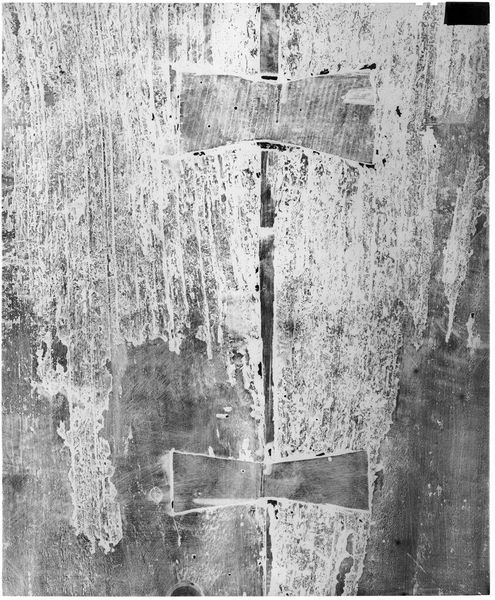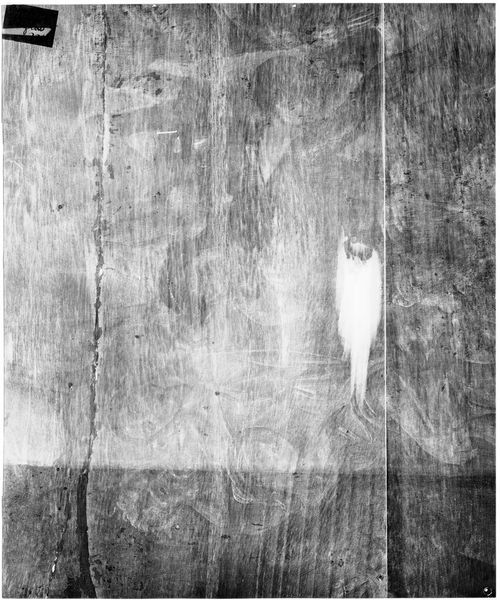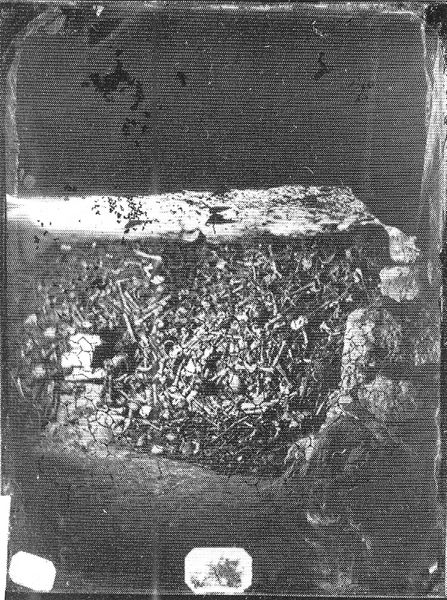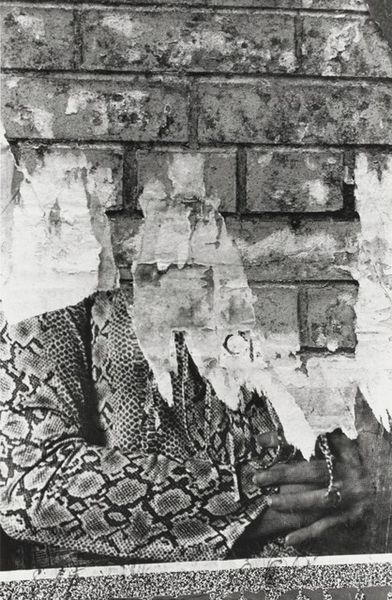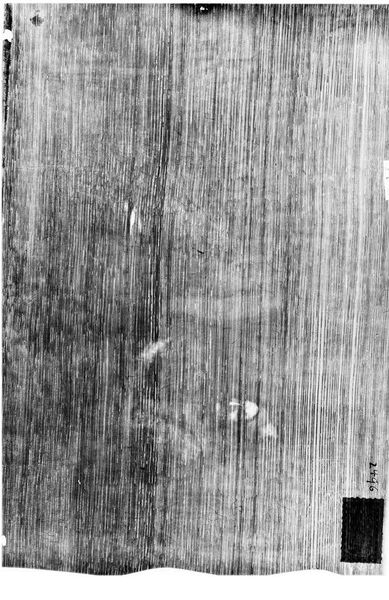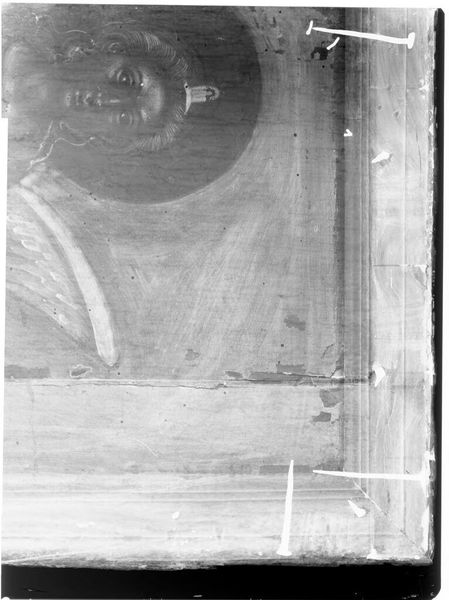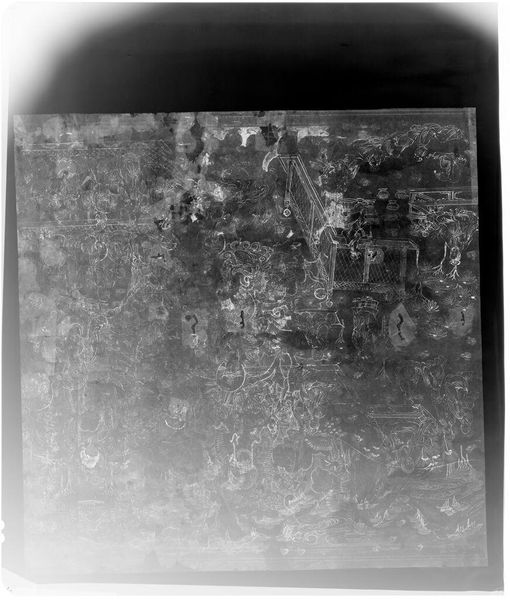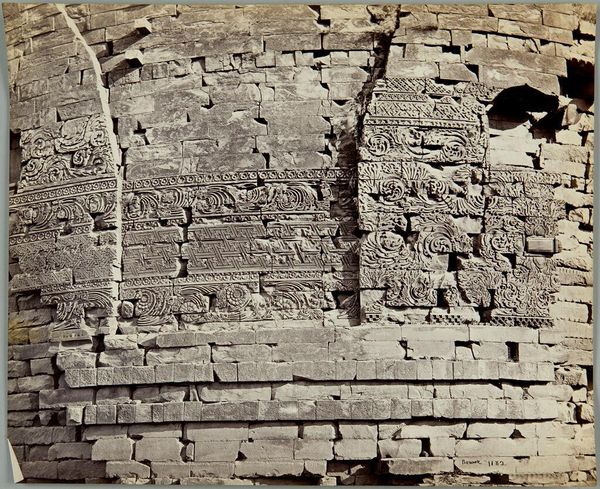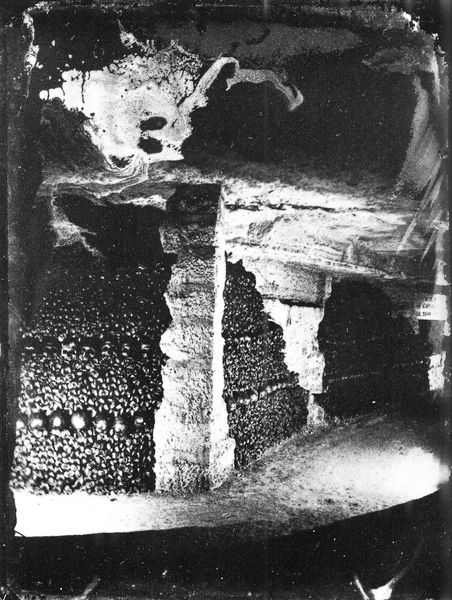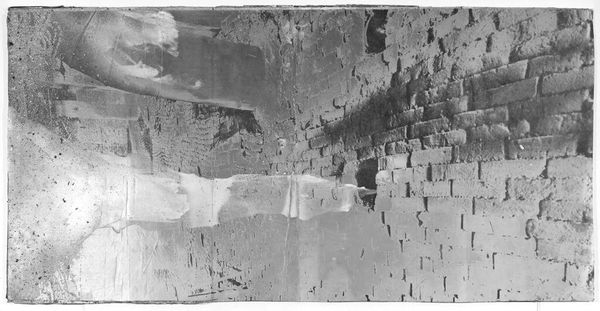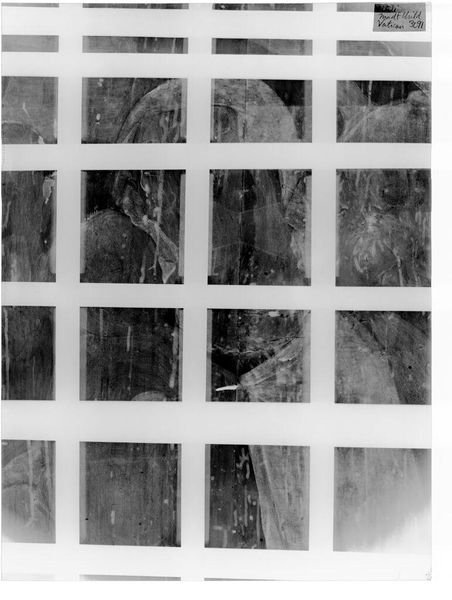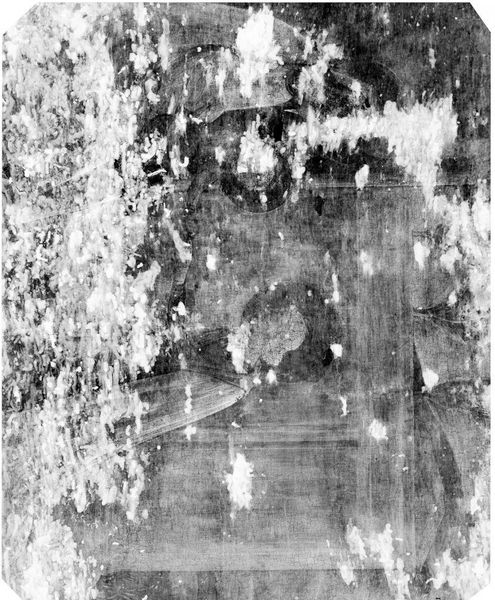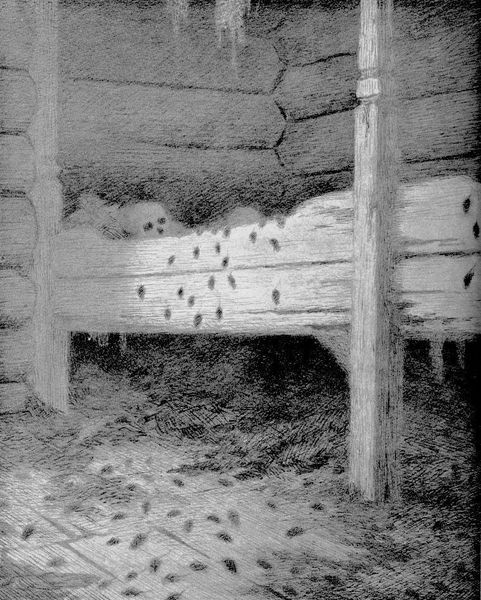
photography
#
tree
#
worn
#
structure
#
sculpture
#
textured
#
sculptural image
#
rugged
#
photography
#
unrealistic statue
#
line
#
texture
#
natural texture
#
statue
#
monochrome
Copyright: No commercial copy, nonprofit use only
Editor: So this photograph is called “wall,” made in 2020 by Chaokun Wang. It seems to be a black and white close-up of a very worn wall. It feels…stark. What do you see in this piece? Curator: I see a potent symbol of resilience, but also of vulnerability. The texture screams of time and the relentless pressures of history. This wall isn’t just a barrier; it’s a witness. It prompts questions: whose labor built it? Who sought refuge behind it? Whose stories are etched, invisibly, into its very fabric? The monochrome amplifies this, stripping away distractions to focus on the stark reality of survival and decay. Editor: That’s interesting, I hadn’t thought about the labor involved. Does the artist give us any clues about the wall's location or the specific historical context? Curator: Not explicitly, and that ambiguity is crucial. By withholding specifics, Wang invites us to consider walls – both literal and metaphorical – across various socio-political landscapes. Think of border walls, prison walls, the walls that divide communities based on race, class, or gender. Do you see any parallels? Editor: Now I do! It's not just a wall, but a statement on division and maybe even oppression. The rough texture and repairs almost suggest a struggle. Curator: Precisely. Consider, too, how photography itself can both reveal and conceal truths. It documents reality but is also a constructed representation, filtered through the photographer's lens and shaped by their intentions, just as the wall has been shaped by the many actors over time. Editor: That really reframes the image for me. I was just seeing a weathered wall, but it’s so much more complex. Curator: And that complexity is where the power of art lies - to transform how we perceive the structures that surround us, prompting dialogue about the social constructs shaping our realities. Editor: Absolutely. This really gives me a different perspective on how to approach art with an eye to history and social meaning.
Comments
No comments
Be the first to comment and join the conversation on the ultimate creative platform.
